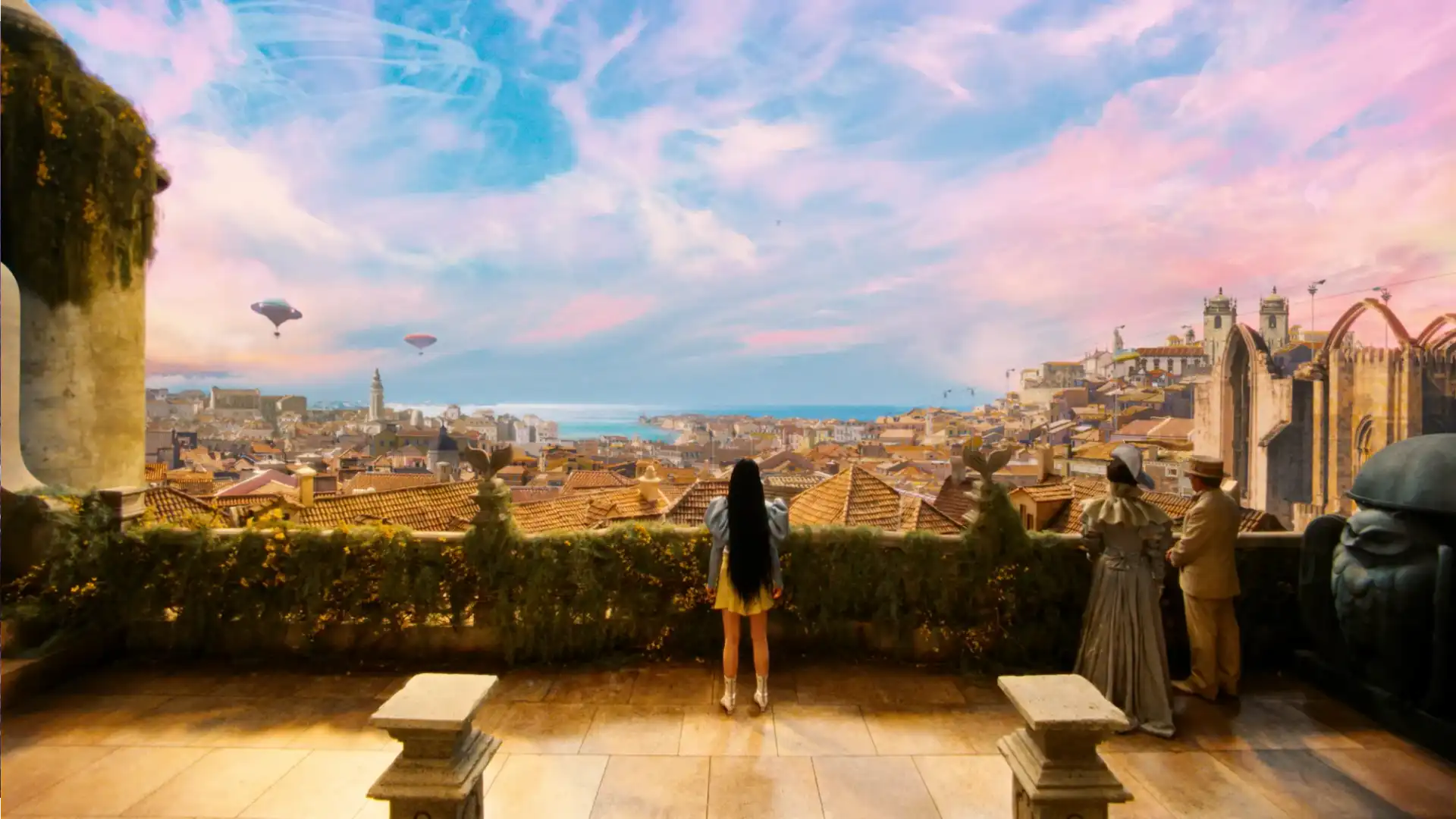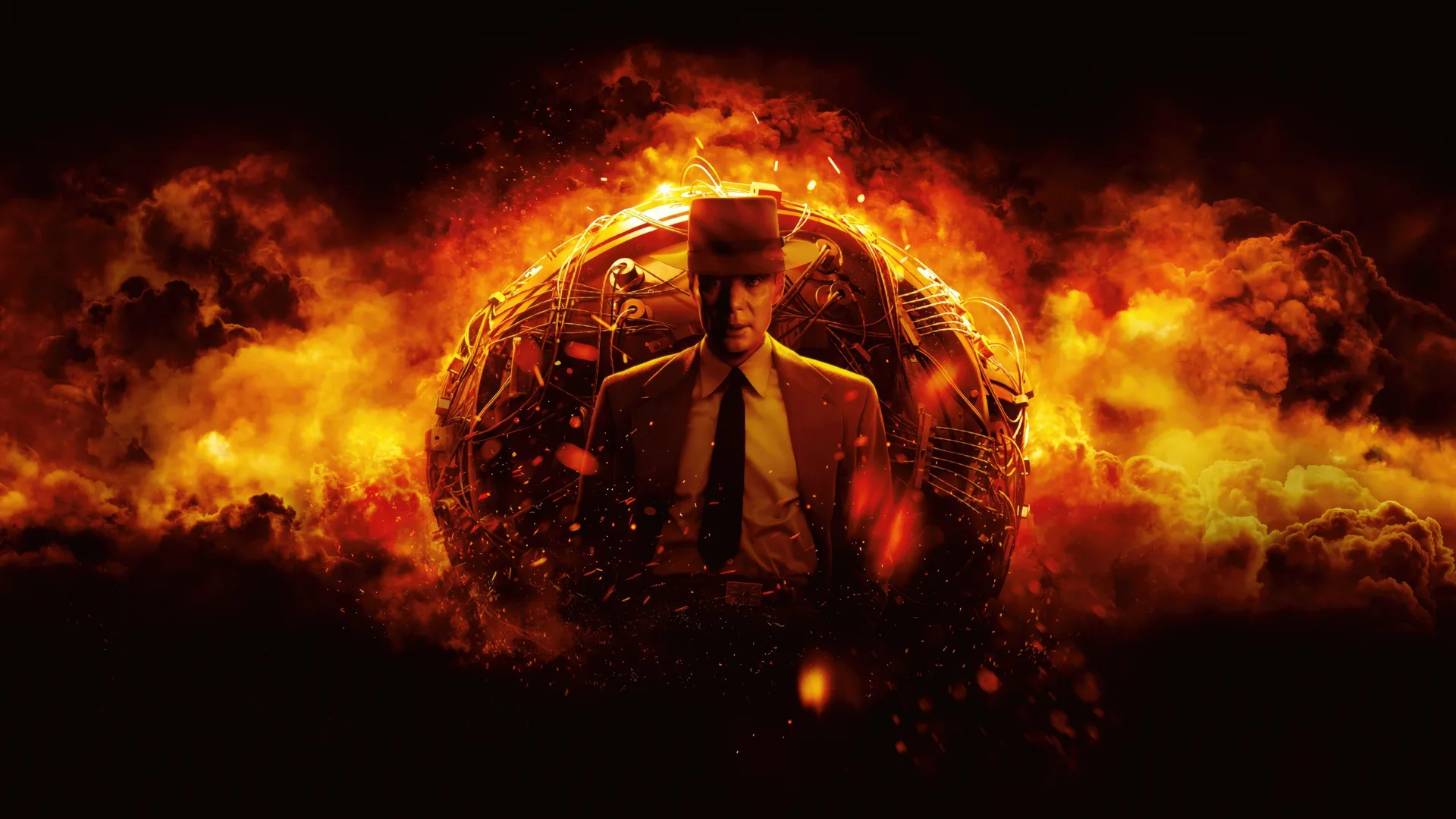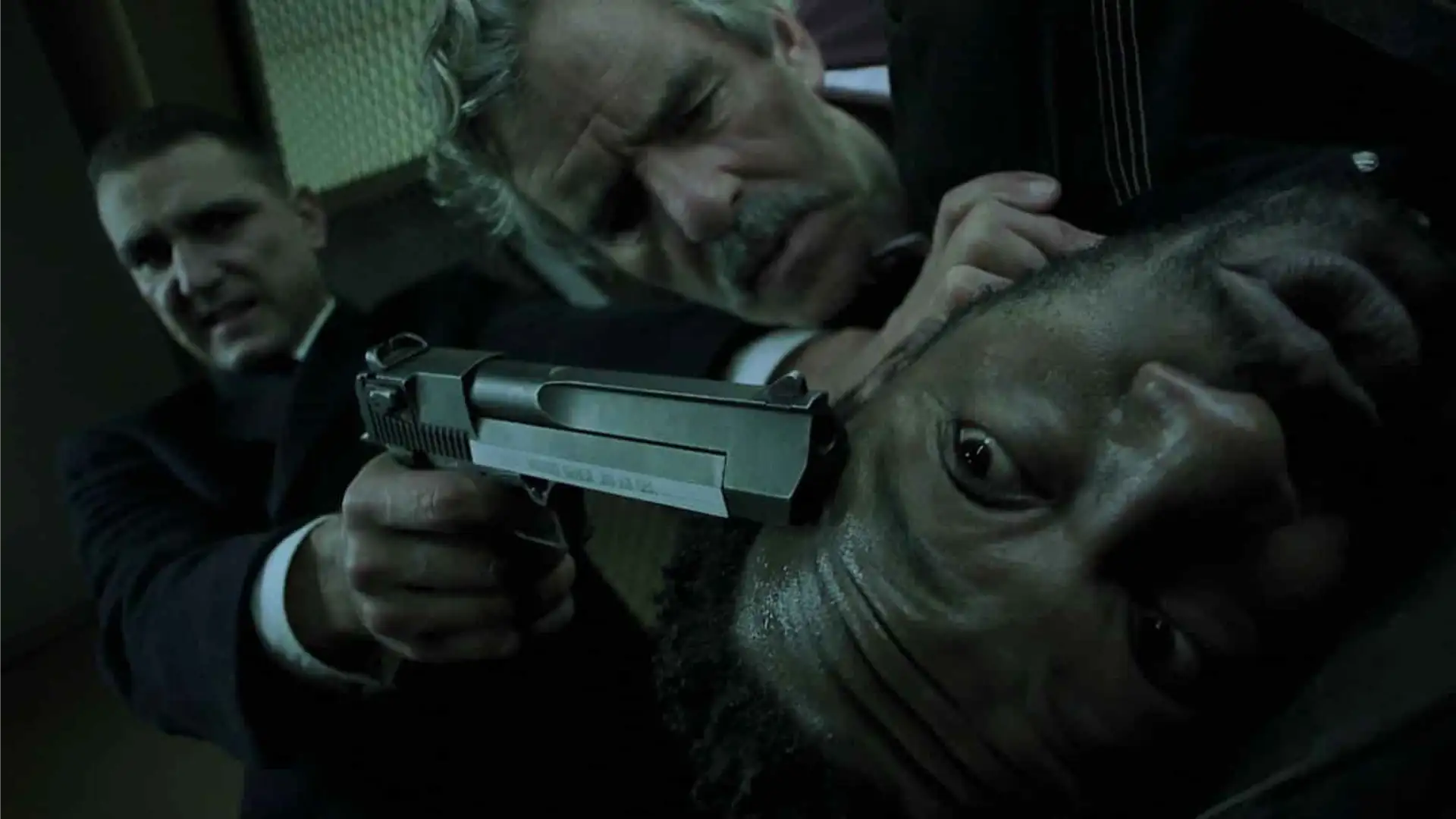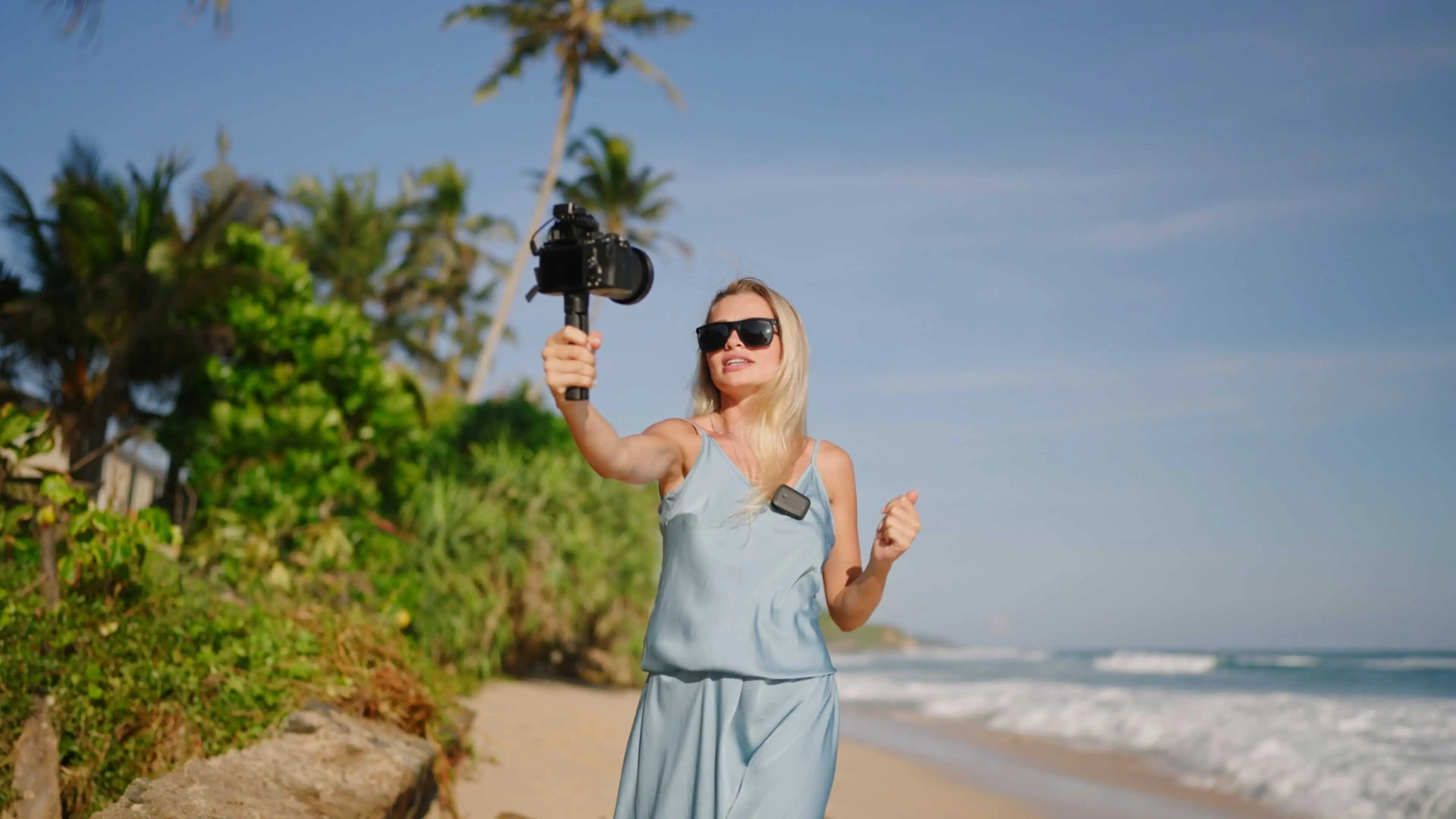Playing with the camera angle is one of the most efficient tools every director has in hand to tell the story in a more understandable way. Whereas positioning the camera has got rules that have been established through the history of cinema. So today we want to know more about the most used camera angles in movies and learn how each one can create a special feeling in a scene.
Different Camera Shots Overview
The camera doesn’t just capture, it whispers secrets. Through subtle tilts and shifts, camera angles weave an unseen language, shaping our emotions, perceptions, and understanding of film narratives.
The next time you watch a film, become an active participant. See how angles shift your understanding, your emotions. By doing so, you’ll unlock a deeper appreciation for these unsung heroes of storytelling, the silent manipulators of perspective that weave their magic throughout the world of cinema.
Overhead Shot; The God’s-Eye View
Imagine looking down from the ceiling, witnessing a scene unfold like a miniature world. That’s the power of the overhead shot, where the camera, positioned almost 90 degrees above the subject and often not too high, grants a unique perspective brimming with both clarity and intrigue. It gives us a perspective so close to the reality of a scene; An almost hyper-realistic depiction of the space, exposing intricate details.
The overhead shot usually gives us more information about a scene and actions and shows us the cause and effect between them, like an overhead shots of a fight scene between several men. It’s also a good option to show the environment of a subject or a situation that the character is in as it gives us the feeling of being diminished or even stuck in a situation.
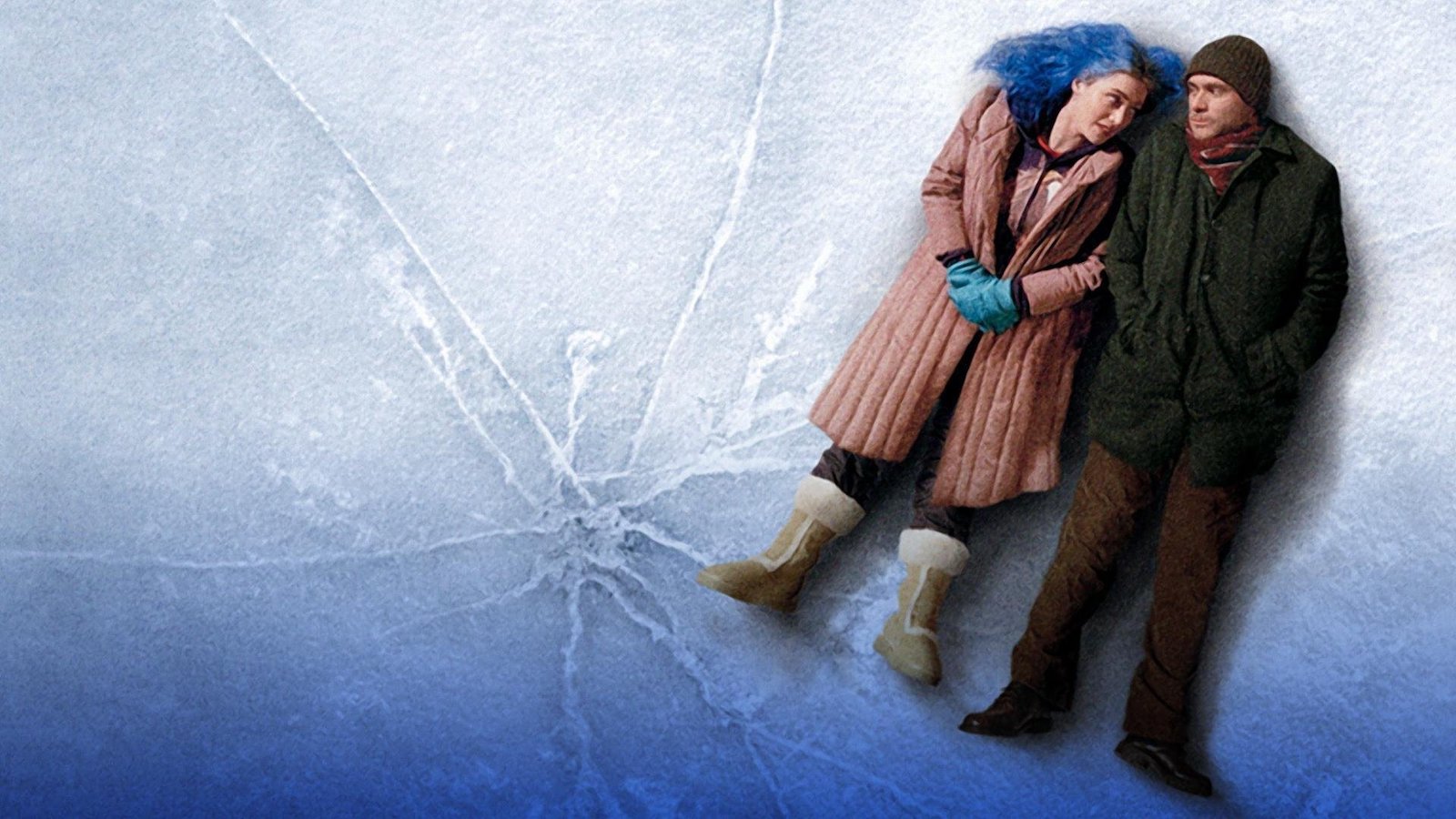
Aerial Shot
Starting from the highest position of the camera, aerial shot, or bird’s eye view which has been revolutionized by the invention of drones is the shot that covers a large amount of a scene to give us a full image of a place or an action and often gives us more information about them. The aerial shot is one of the best options for creating a special intro scene that is used in many Hollywood movies.
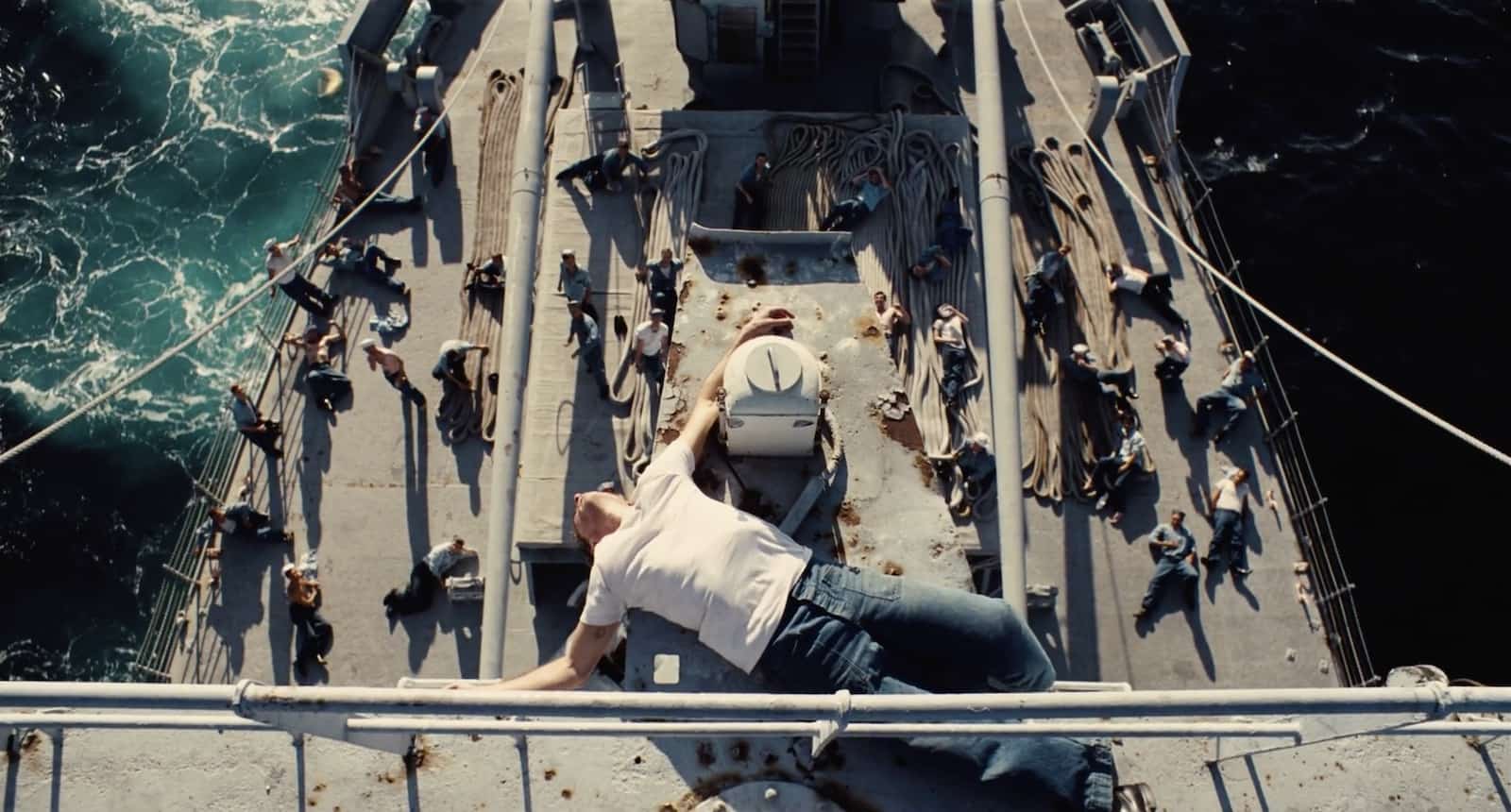
High Angle Shot
High angle shot somehow has the same height as the overhead shot but with a different angle. It creates a feeling of danger or inferiority around the character, especially when using it with zooming in. We can see the high angle shot in horror movies or action genres when the character senses danger and is not dominant in the situation.
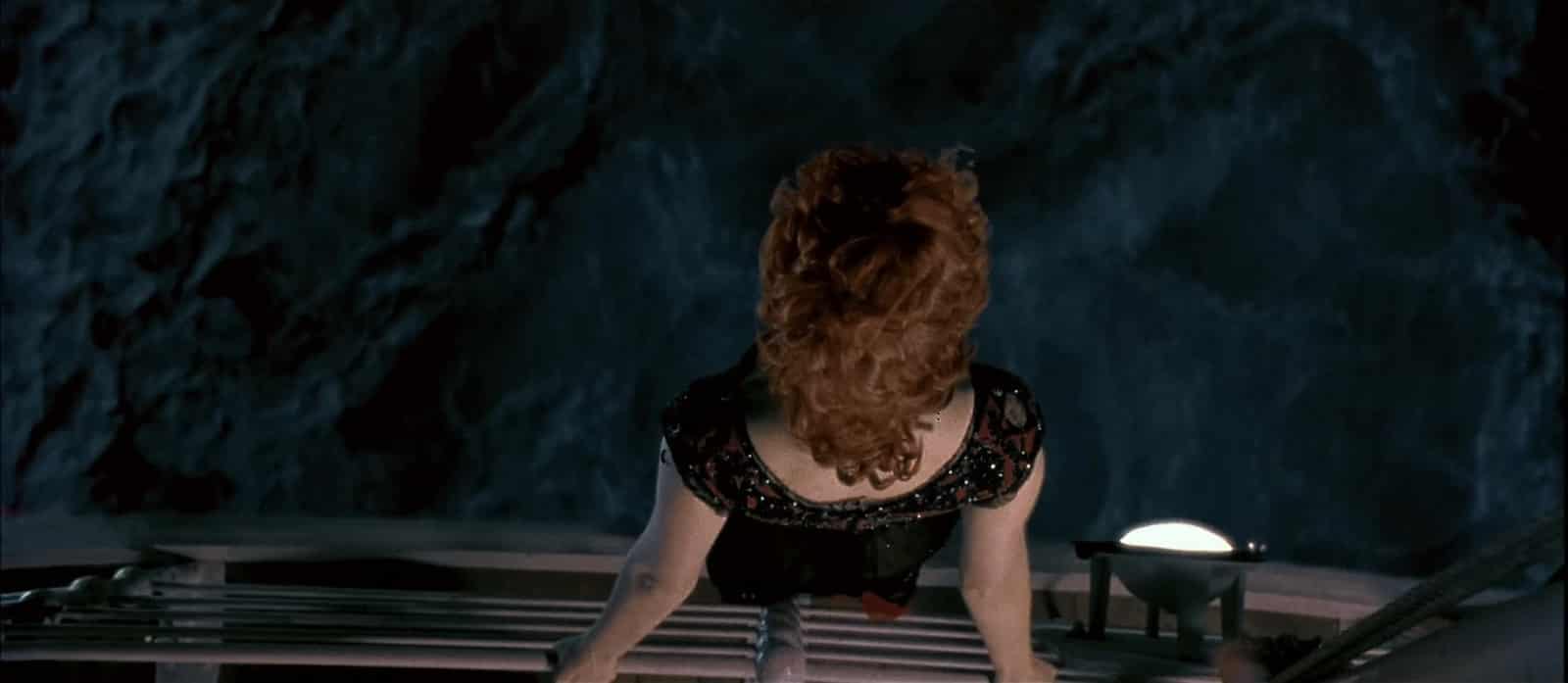
Eye Level Shot
Lower than the high angle shot, at the same level of the character’s eyes, is the eye level shot. It conveys the feeling of reality as it is how we see people when standing up in front of them. Eye level shot is sometimes used to increase the sense of sympathy and connection between the viewer and the character. It’s also a neutral way to introduce a character without any judgment.
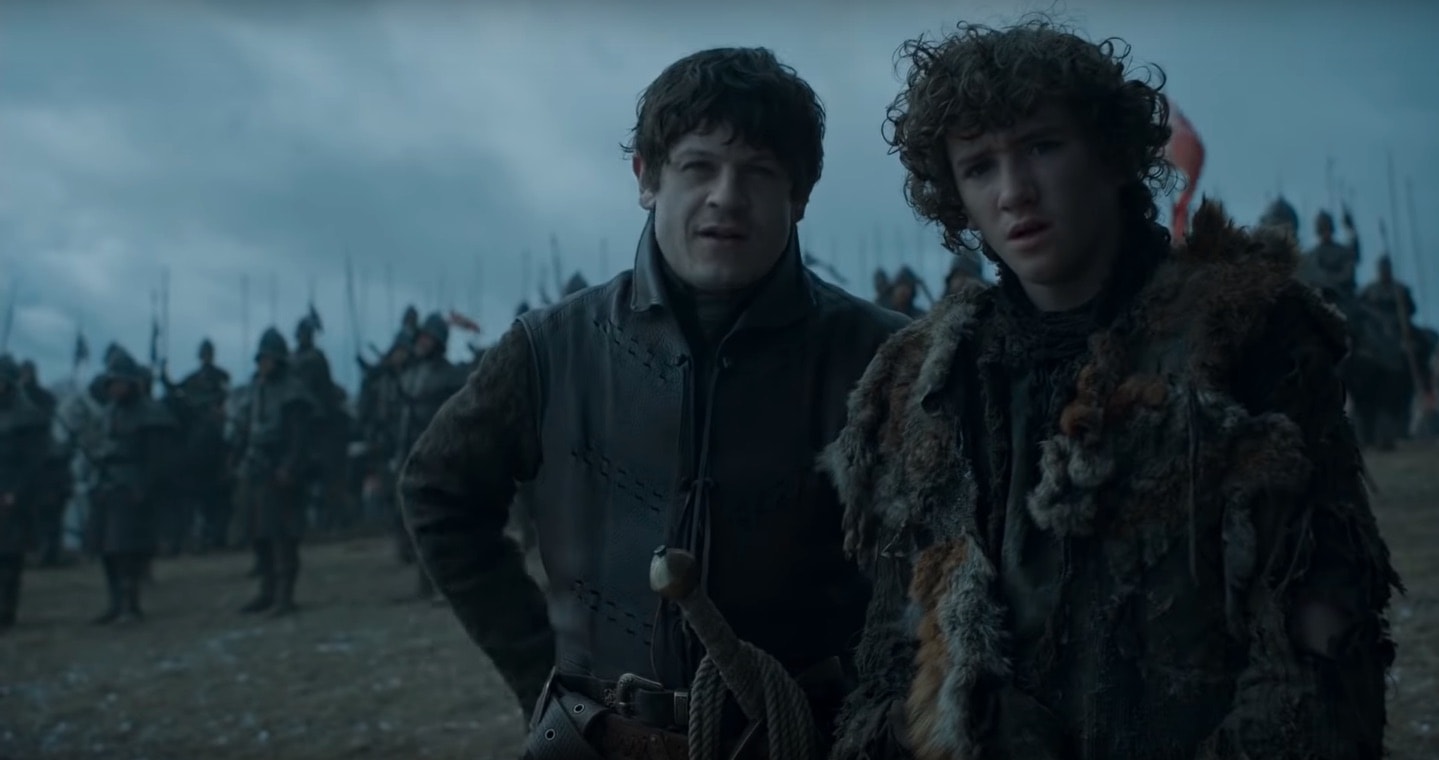
Shoulder Level Shot
Placing the camera at the character’s shoulders is one of the most used camera angles to follow a character. Shoulder level shot reduces the headroom and shows more of a character’s body. It’s considered a more cinematic way to show a character, especially during dialogues. That’s why choosing the over the shoulder shot (OTS) for the ping pong of dialogues between two characters is a very common shot in movies.
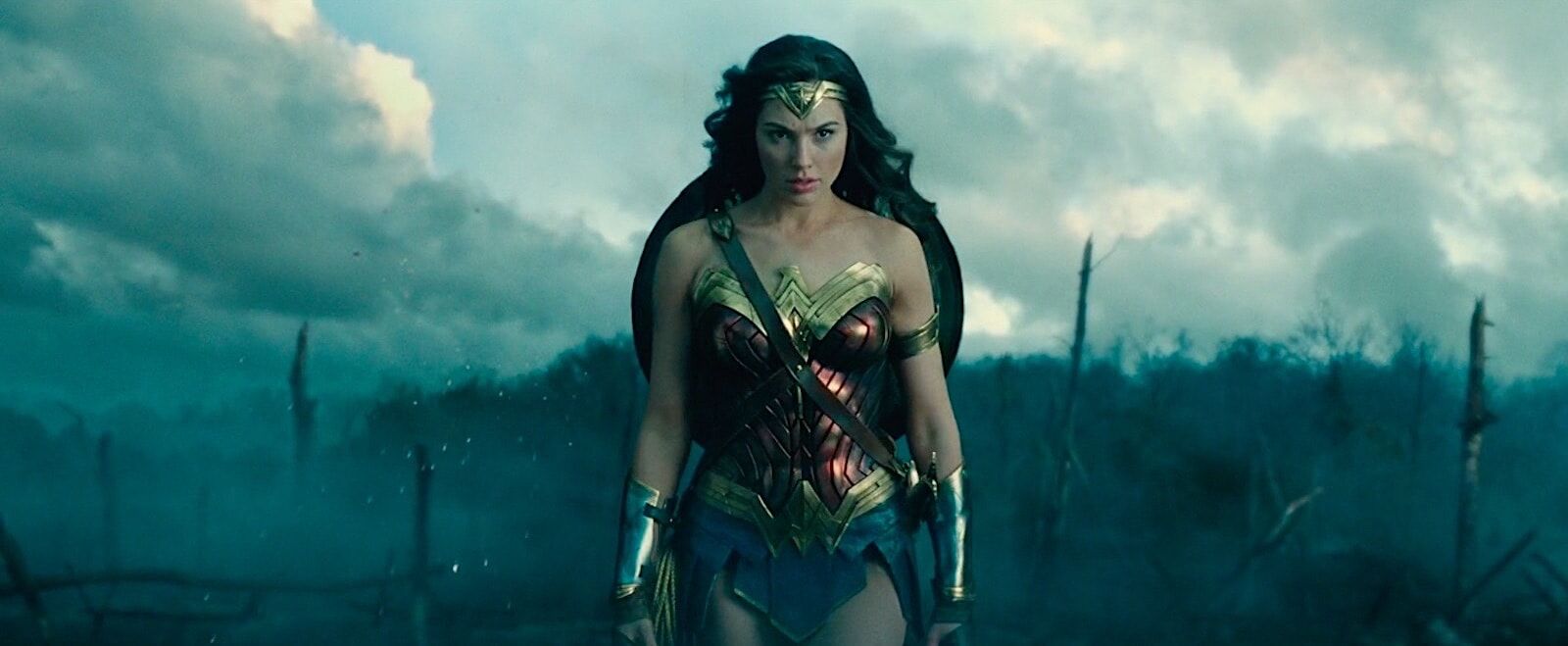
Low Angle Shot
A low angle shot is when the camera is looking up to the character as he is higher than the camera. It can be slight like placing the camera a bit lower than the eye line, or extreme like when the camera is at the lowest angle looking up to the see the character. The most useful case of low angle shot is when a character is superior or dominant. It is also useful in intro scenes for the creepy antagonist characters in horror or action movies as it makes them look even more dangerous.

Dutch Angle Shot
First used by the German Expressionists in the 1920s, the dutch angle or the dutch tilt shot is a shot that is not even and has a noticeable tilt on one side. It is used to intensify emotions especially tension or fear. Dutch angle shot is a good way to tell the audience that something is not right and give the story a nice switch. The camera’s hight in the dutch angle shot is based on the needs of the scene but it is mostly used in combination with the low angle shot.
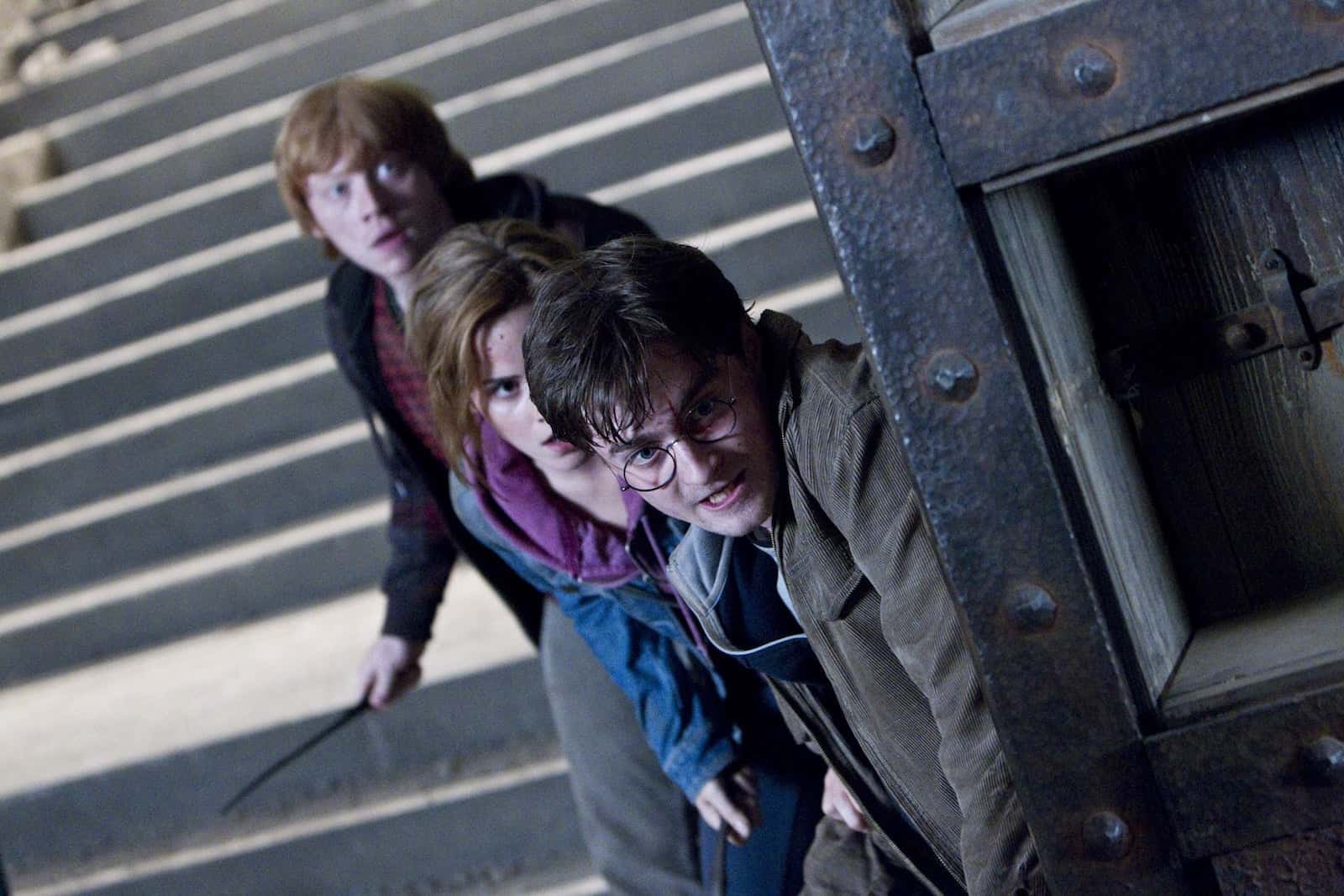
Hip Level Shot
The hip level shot or cowboy shot is created when the camera is placed nearly waist-high. It is used mostly in cowboy movies to intensify the moment of pulling out the gun in a duel scene. It is also useful when characters are not at the same level. Like when one character is lower than the other character when sitting or lying down in bed.
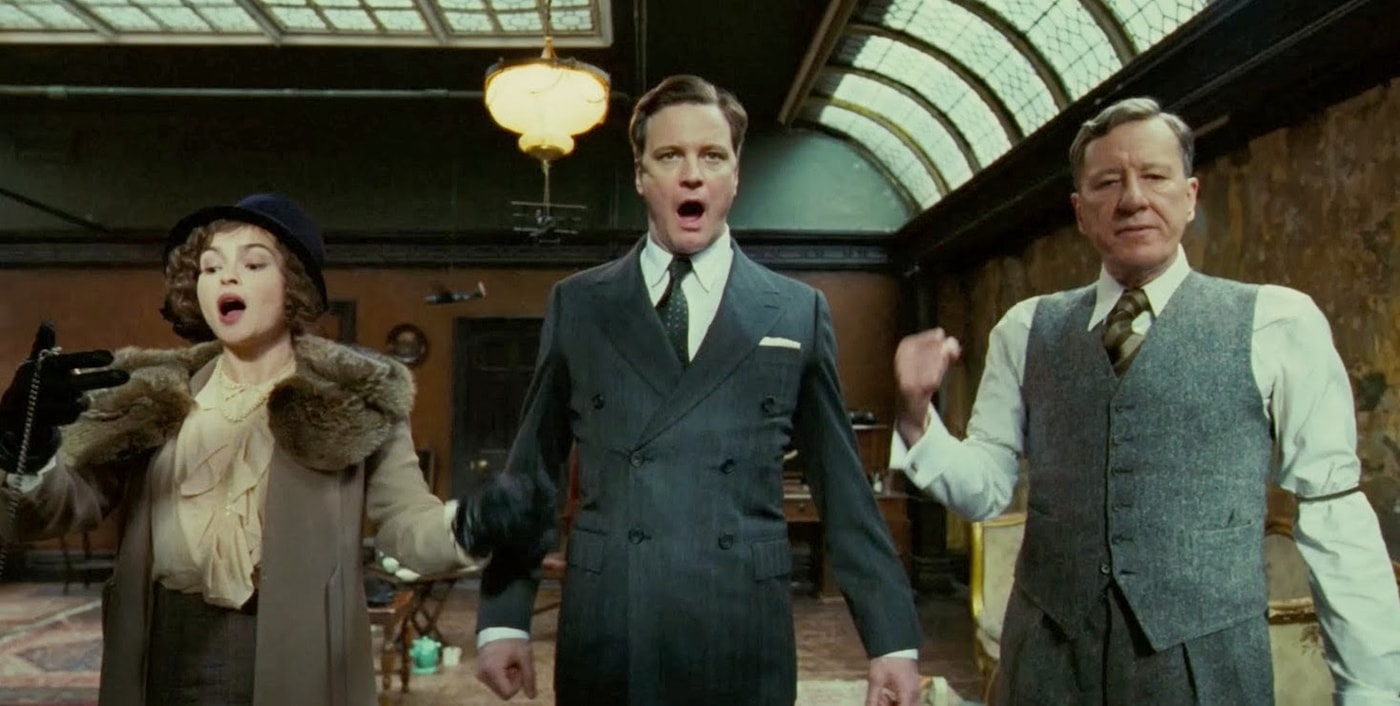
Knee Level Shot
Coming down a bit more we’ll have the knee level shot. It’s mostly used when showing a character while walking especially when the focus is on the destination or on the subject that the character is following. It can also express the superiority of a character if it follows the low angle shot.
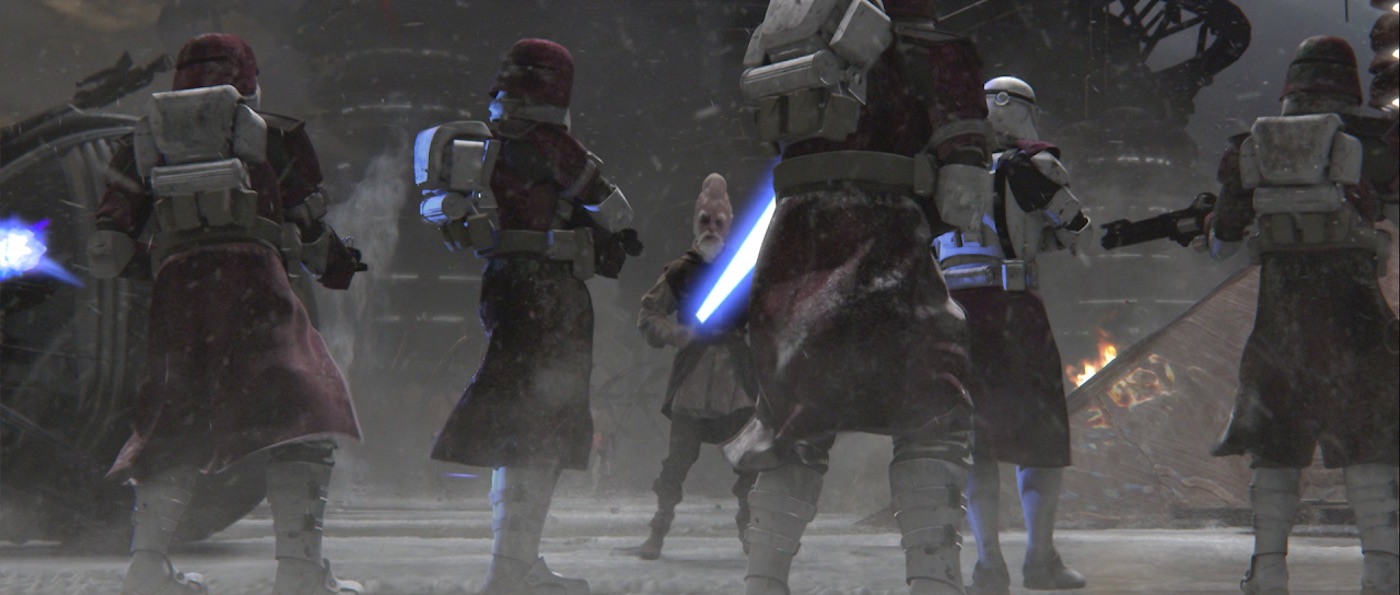
Ground Level Shot
It is the lowest position a camera can be put in. It has the same intentions as the knee level shot but it’s more extreme and has more focus on the character and the walking movement. Sometimes a ground level shot leads the audience to the underground location and is used as a switch point between two locations.
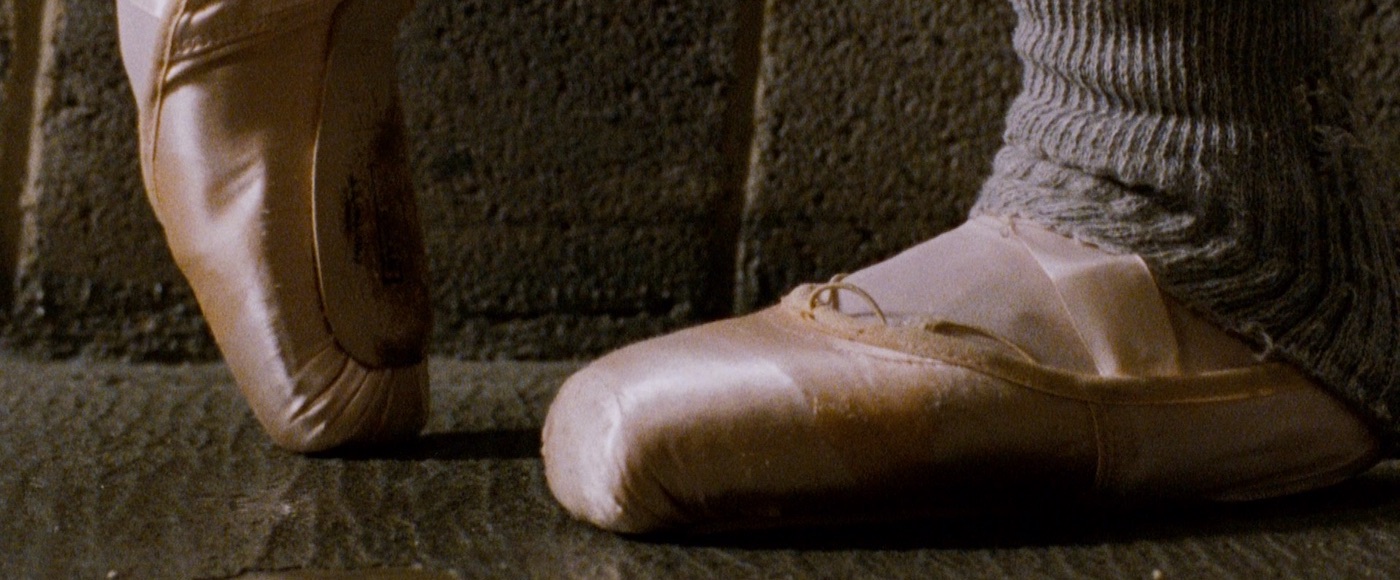
All in all, the things we talked about throughout this blog are just tools and it’s the filmmaker’s duty to realize which tool should be used at which point to create a piece of art. So get creative and use your tools in the best way to get your story to the heart of your audience.
